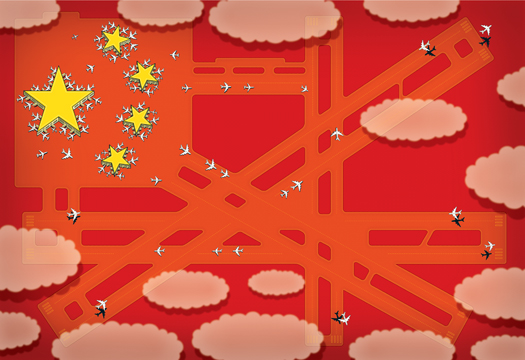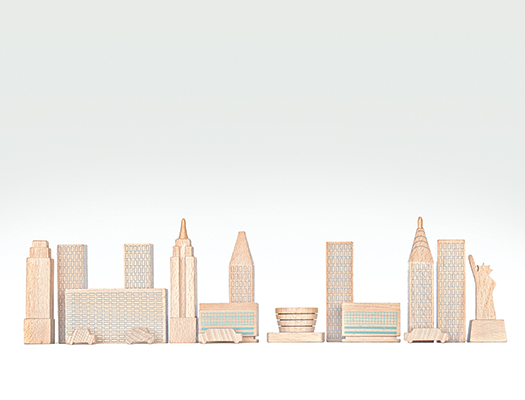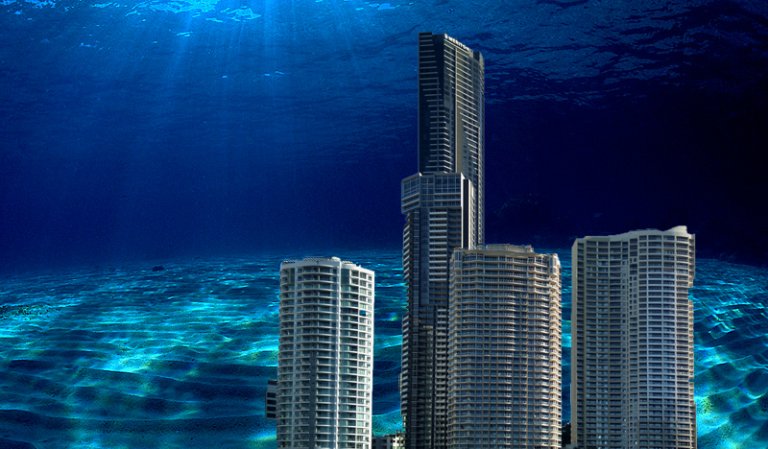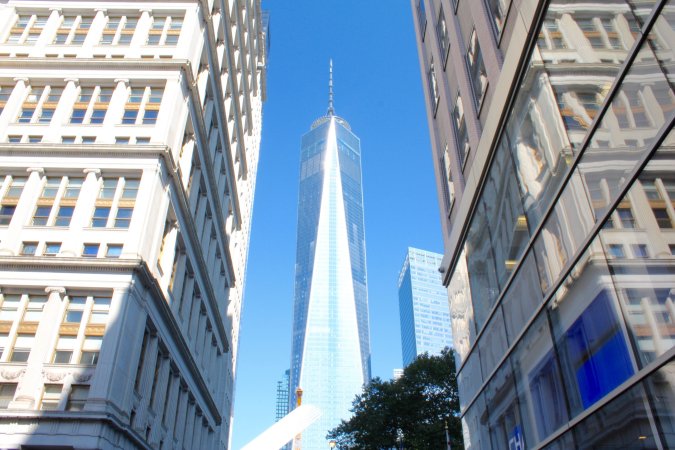

A tiny pocket city built from scratch next to a crowded urban center could alleviate some of China’s crowding and pollution problems. A Chicago-based architectural firm designed a master plan for the city, which will be built within eight years and host 30,000 families, or roughly 80,000 people.
_
Click to launch the photo gallery_
Chengdu Tianfu District Great City will connect via mass transit to Chengdu, a megalopolis of 14 million in southwest China. Adrian Smith + Gordon Gill Architecture says its planned city will use 48 percent less energy and 58 percent less water than a conventional city with the same population. It’s designed to be self-sustaining and environmentally conscious, using waste summer heat to provide winter heating. A power plant will use co-generation technology to provide both electricity and hot water.
Great City will cover just 1.3 square kilometers, or 0.5 square miles. This is about 245 football fields of space. That is not a ton of space for 80,000 people. And that’s the idea–everything is supposed to be so close that you can walk anywhere within 15 minutes.
Here’s a breakdown of land use:
- Total site: 800 acres
- Urbanized area: 320 acres
- Buffer zone with natural landscape: 480 acres
Within the urbanized area:
- 15 percent of land reserved for parks
- 60 percent for construction of buildings
- 25 percent for infrastructure, roads and pedestrian streets
The focus on open space is a nod to the Chengdu Plain, where Chengdu is located. The farmland is so fertile it’s known as s the “Country of Heaven” or “The Land of Abundance,” says Wikipedia.
Gordon Gill, one of the architects and firm partners, said a main goal was keeping residents connected to nature. “We’ve designed this project as a dense vertical city that acknowledges and in fact embraces the surrounding landscape–a city whose residents will live in harmony with nature rather than in opposition to it,” he said.
The high-density city is designed to be a prototype, which could conceivably be replicated anywhere else in the country. It’s supposed to start construction later this fall.










